| Weight | 105 g |
|---|---|
| Dimensions | 50 mm |
| Focal Length (mm) | |
| Max Aperture (f) | |
| Min Aperture (f) | |
| Aperture Blades | |
| Elements | |
| Sharp (Near) | |
| Sharp (Far) | |
| Rear Mount | |
| Front Thread | |
| Flange-Focal Distance (mm @ ∞) | |
| RF/L Extension (mm) | |
| Production | |
| Serial Numbers |
Schneider Componon-S 50/2.8 [16828] V2
1993-2008 production (Version 2) of the six-element Componon-S 50/2.8 has the same catalogue number as [16828] V1 but the green band denotes an upgraded curved-5 ‘Makro Iris’ diaphragm. Multicoated.




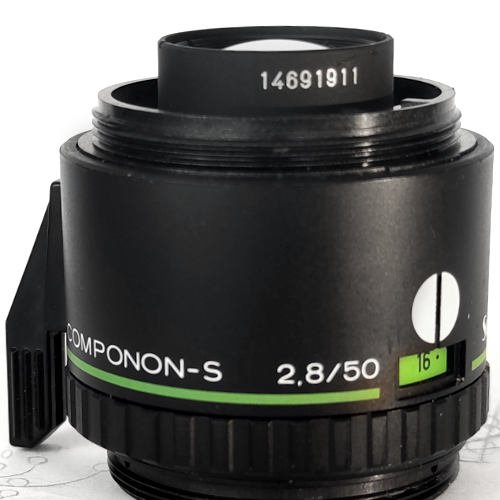









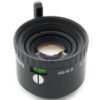
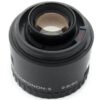

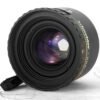
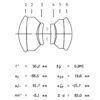
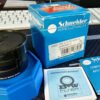





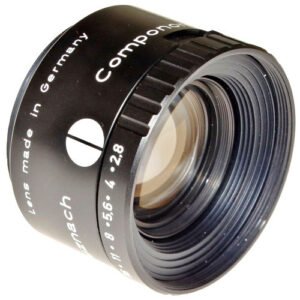


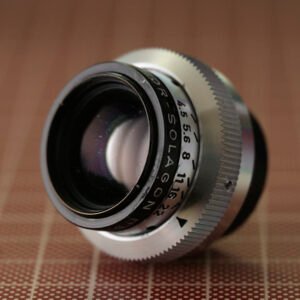

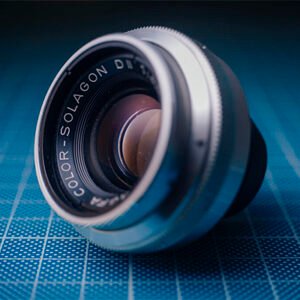
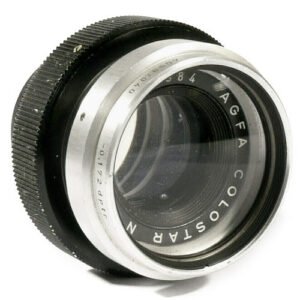


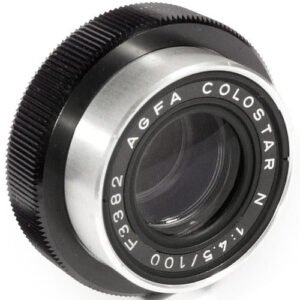

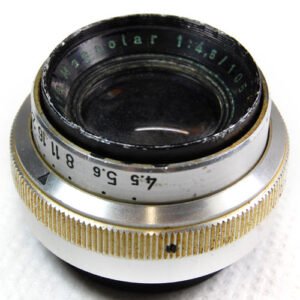
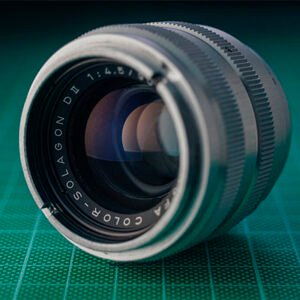

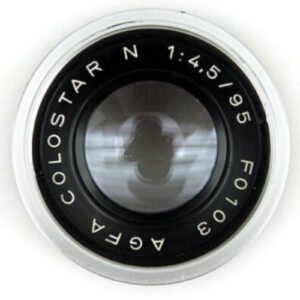
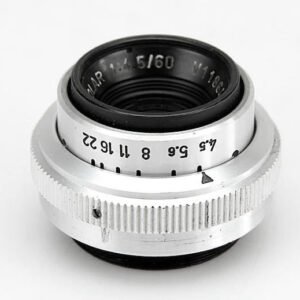


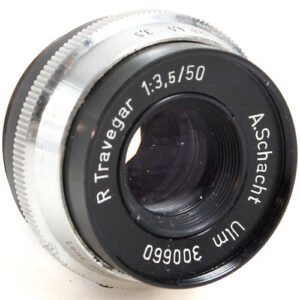
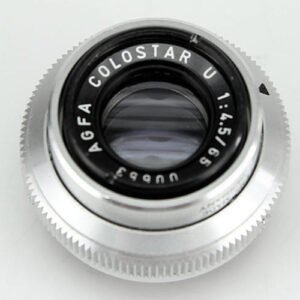
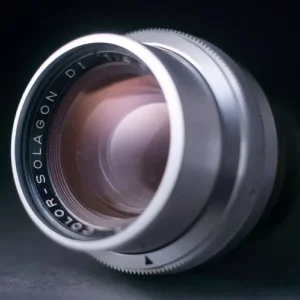




16:9 –
https://coinimaging.com/s50comp.html
16:9 –
Oh, this is a sneaky lens – an elite bit of glass hiding in plain sight, masquerading as a ‘standard’ optic.
Schneider made two-and-a-half versions of the [16828] Componon-S 50/2.8: this one (Version 2) was produced from 1995 until at least 2008, when dwindling demand prompted the company to morph the Componons into industrial and macro lenses. Version 1 (produced from 1991 to 1995) was superficially similar to the inferior five-element [14849] but both [16828] versions share the same optical formula – the green band denotes the upgrade to the curved-5 ‘Makro Iris’ diaphragm which is a significant advantage when used as a taking lens. The more desirable V2 models are seen in serials beginning around 14,56x,xxx.
If you need to tell apart the nearly-identical six-element Version 1 [16828] and the five-element [14849], please see either of their product pages. If you can’t be bothered with all that, just get the version with the green band – it’s the pick of the bunch. In fact, the [16828] V2 isn’t just a good lens, it’s a great one – and a great bargain.
The market seems to have forgotten that the reason Schneider never officially offered an Apo-Competitor to the Apo-Rodagon was that the ‘basic’ Componon-S was already better, and was once priced accordingly. At 80mm, it’s a different story: the Componon 80/4 is a similar animal to the Rodagon 80/4, and was priced accordingly. The Apo-Componon 90 and the Apo-Rodagon-N 80 were up-market variants, and priced accordingly. Not so at 50mm. In all the confusion over which version is which, and the market’s memory lapse that the Componon-S cost £100 more than the Apo-Rodagon when new – and almost twice the price of the standard Rodagon – this little gem has fallen through the cracks, mingling with the melée of £50 lenses that only have the branding of a well-known German manufacturer propping up valuations that would otherwise fall to the level of giveaways.
The Componon-S isn’t apochromatic, but it’s commonly said that neither is the Apo-Rodagon. However it’s very well corrected, with minimal aberrations, perfect geometry, superior corner sharpness and fair flare resistance. The only Rodenstock lens that matches it is the final -N version, which offsets its wide-aperture inferiority with fractionally better f8 performance, resulting in an honourable draw. Averaging its near/far performance at f5.6-8 it only just scrapes into Gold territory, but it’s relatively tidy bokeh and wide aperture excellence tip it into the elite category quite uncontroversially.
That places this forgotten £50 lens absolutely at the top table. Currently we rate it in the Big Six of elite 50-60mm alt-lenses for general taking and, at current prices, one of the most appealing bargains – something we weren’t expecting to find in the widely distinguished and highly valued Schneider catalogue.